The human mind loves a good mystery. For centuries, we’ve been drawn to puzzles, codes, and unsolved questions that have confounded even the greatest thinkers and detectives throughout history. What is it about an enduring enigma that so captures our imagination? This article delves into some of the most captivating unsolved riddles that still entrance us today.
The Thrill of the Unsolved
There’s something gripping about a puzzle that resists solution, lingering just out of reach despite our best efforts. Unsolved mysteries allow our minds to wonder “What if?” as we follow each new theory and attempt to unravel the secrets. They reveal the limits of our understanding and hint at answers that remain veiled.
For some, unsolved puzzles are a siren song that promises intellectual reward to those clever enough to unravel them. Others see them as a gauntlet thrown down by history, daring us to succeed where so many have failed before. Some believe that obscured knowledge waits within these riddles, requiring just the right insight to illuminate it. But for all, the lure of the unsolved draws us in and challenges the very limits of human ingenuity.
Enigmatic Voynich Manuscript
Few mysteries are as enduring as the baffling Voynich Manuscript, a mysterious illustrated codex hand-written in an unknown writing system that dates back to the early 15th century. The vellum pages are filled with strange diagrams, drawings of plants, and an undeciphered script that has resisted all attempts to crack it.
Discovered in an Italian monastery in 1912 by antique book dealer Wilfrid Voynich, scholars have puzzled over the manuscript for decades. Cryptographers have tried applying substitution ciphers and code-breaking techniques without success. Statistical analysis of the text has revealed patterns similar to natural languages, but further meaning remains elusive.
With no clues as to its origins or purpose, the Voynich Manuscript continues to be one of history’s most impenetrable puzzles. The secrets locked within its pages could rewrite our knowledge of medieval science, botany, linguistics or more – if only we could read it. But for now, it remains one of the world’s most profound unsolved mysteries.
The Mysterious Beale Ciphers
Few lost treasures capture the imagination like the mythical haul buried somewhere in Virginia by a man named Thomas Beale in the early 19th century. In 1820, Beale entrusted a box containing encrypted messages to an innkeeper, revealing it held details of the treasure’s location. Despite decades of effort by cryptanalysts, only one of the ciphers has been broken so far.
The first ciphertext describes the treasure – thousands of pounds of gold, silver, and jewels – and names its owners. The second cipher gives a location, but only as latitude and longitude coordinates that are assumed to refer to Bedford County, Virginia. But infuriatingly, the key required to decrypt the final cipher and pinpoint the treasure’s burial site remains obscured.
The legend has enthralled many. Treasure hunters have scoured the Bedford County hillsides searching in vain for the lost cache based on speculative interpretations of the clues. Cryptanalysts have labored over the impenetrable cipher, applying intellect and computing power to no avail. The Beale Ciphers have consumed many, but given up their secrets to none so far. The treasure may still await some future genius able to unravel their mystery.
Mathematical Problems That Endure for Centuries
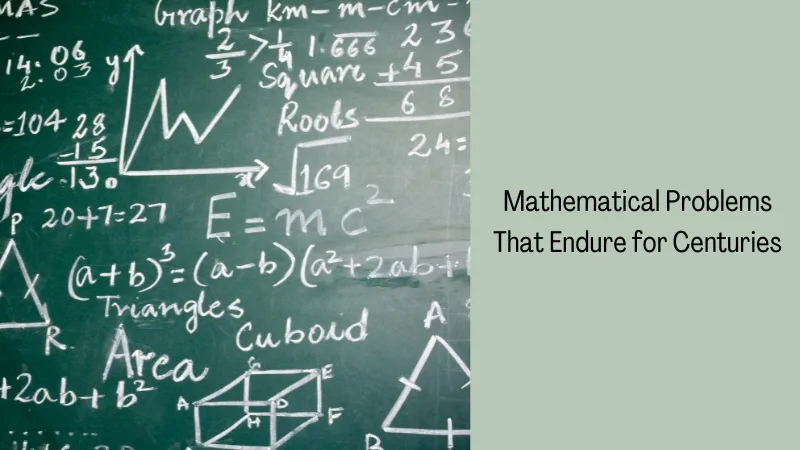
While less romantic than treasure maps and coded manuscripts, some of history’s greatest unsolved mysteries are mathematical in nature. Mathematical proofs and conjectures that defy solution draw in the sharpest minds, determined to conquer what generations before could not.
Fermat’s Last Theorem, which went unproven for over 350 years, states that no integers exist that can satisfy the equation x^n + y^n = z^n for any value of n greater than 2. Its deceptively simple formulation conceals shocking complexity. The problem became an obsession for mathematicians, gaining almost mythical status before finally being proven in 1995 using techniques not available to earlier mathematicians.
Other major unsolved problems remain active challenges today. The Riemann Hypothesis, concerning the distribution of prime numbers, has flummoxed mathematicians since 1859. The P vs. NP problem, regarding the complexity classes of computational problems, is considered one of the great open questions in computer science and mathematics. Like Everest before its first summit, these unclaimed mathematical peaks await some brilliant mind to conquer them.
The Lure of Unbroken Codes
For centuries, cryptographers have contended with secret codes and ciphers meant to conceal clandestine communications. Breaking these encrypted messages requires lateral thinking, extreme perseverance, and luck. While the field of cryptanalysis has advanced considerably, particularly with the advent of modern computing, some few encrypted texts continue to resist decryption centuries later.
The Voynich Manuscript represents one such cryptographic puzzle, but there are many others. The Dorabella Cipher, a cipher text sent in 1897 as part of a musical score, offers no clues as to its encryption method. Neither do the unsolved Zodiac Killer ciphers sent by a murderer taunting the San Francisco press in the late 1960s. The infamously complicated Kryptos sculpture at CIA headquarters contains an encrypted passage that continues to confound codebreakers nearly thirty years after its installation.
These examples showcase the skill and creativity behind history’s trickiest codes. While most encrypted messages eventually fall to cryptanalysts given time, a rare few endure as reminders of the limits to our deductive powers. They await extraordinary new insights or the discovery of crucial clues, that could finally coax out their secrets.
Modern Mysteries That Raise More Questions Than Answers
Beyond ancient puzzles, there are also plenty of unexplained mysteries from more recent times to intrigue armchair detectives. Unusual occurrences, strange disappearances, and discoveries that defy easy explanations excite curiosity in both the public and experts. As much of the world is charted and studied, these anomalous events hint at realms still beyond scientific understanding.
The enigma of unidentified flying objects still excites speculation and controversy decades after the supposed Roswell incident. Thousands of accounts of UFO sightings create uncertainty about the phenomena’s true nature and origin. Similarly, incidents like the Dyatlov Pass deaths, where hikers perished under strange circumstances in the Ural Mountains in 1959, contain clues that don’t easily align with simple explanations. Discoveries of anomalously sophisticated artifacts out of place for their supposed historical context, like the Antikythera Mechanism, raise profound questions.
Though science strives to illuminate the world’s mysteries, the edge of knowledge always contains space for enduring riddles. These unexplained incidents and anomalies resist tidy categorization, leaving room for continued theorizing by experts and armchair detectives alike. Their eventual resolution may lead to staggering new insights about human history, physics, or the limits of current paradigms. Until then, they lurk as tantalizing question marks at the boundary of the known.
Communities United by Curiosity

Perhaps the greatest legacy of unsolved mysteries is the passionate communities that arise to engage with them. The lure of the uncracked code and unplumbed enigma resonates across generations, drawing in both serious investigators and enthusiastic amateurs. Online forums dedicated to crowdsourcing solutions buzz with theories and speculation. Cryptography enthusiasts meet up to tackle historical ciphers. Knowledge-seekers of all kinds collaborate to piece together the puzzle using new perspectives and tools.
Despite the challenges inherent to explaining the unexplained, this engagement itself holds value. The act of grappling with questions that transcend lifetimes draws out human creativity, curiosity and perseverance. By collaborating and sharing insights around enduring mysteries, we edge closer to answers. And when solutions arise, as with Fermat’s Last Theorem, they resonate all the more powerfully for the struggle they demanded.
Though puzzles like the Voynich Manuscript may never reveal their secrets, our fascination with them reveals something about ourselves. Our shared yearning to illuminate the dark corners of the unknown binds communities across time and space. The greatest enigmas don’t just captivate, they connect.
Enduring Riddles That Invite Further Exploration
Unsolved mysteries and puzzles have gripped minds for centuries, across disciplines ranging from mathematics to linguistics. While solutions for some have finally emerged after decades or centuries, many continue to resist explanation despite our best modern tools and techniques. Much remains uncertain at the constantly advancing border between knowledge and the unexplained.
Yet rather than discouraging us, these enduring enigmas spur innovation and bind curious souls worldwide. Each mysterious cipher, anomalous event, or unproven theorem represents a gauntlet thrown to future generations. Their resolution may require knowledge yet undiscovered, and connections not yet made. Until then, they await the right brilliant mind able to see past assumptions, shift perspective, and make the intuitive leap needed to unravel them.
The answers are out there, waiting. So to all the dreamers, theorists, puzzle-solvers, and investigators who feel the irresistible pull of the unsolved — keep questioning. The next great mystery-breaker may be among you.

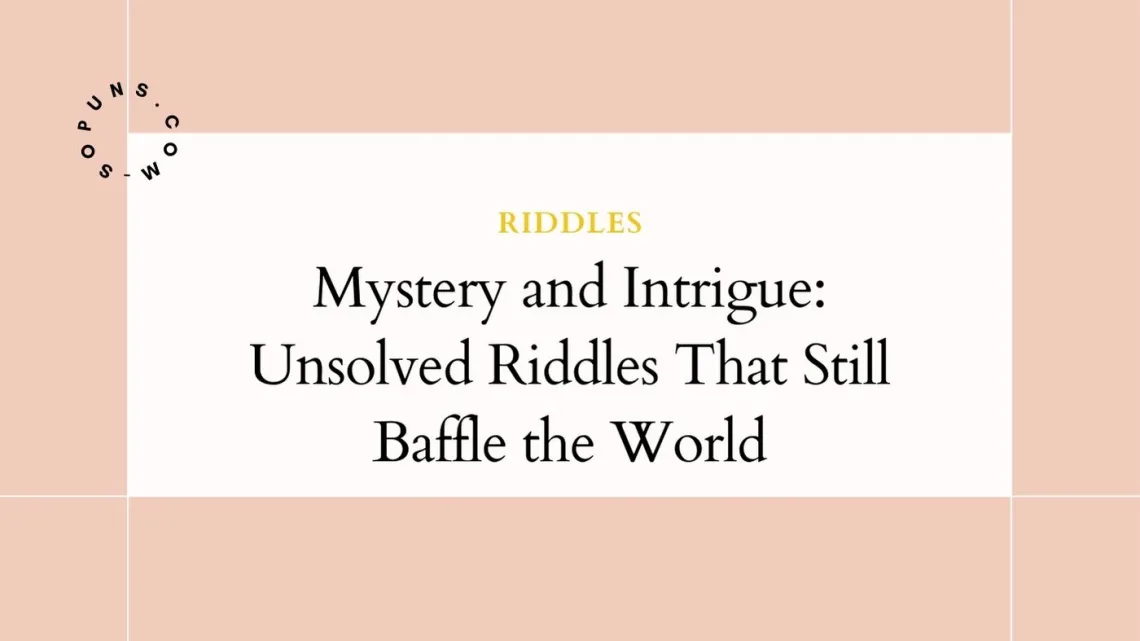

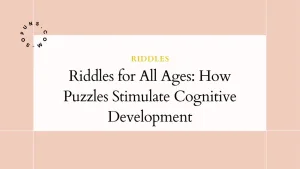
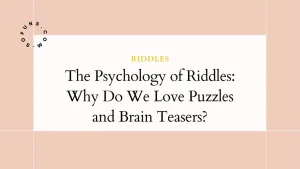
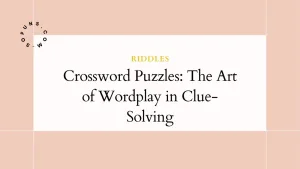
No Comments